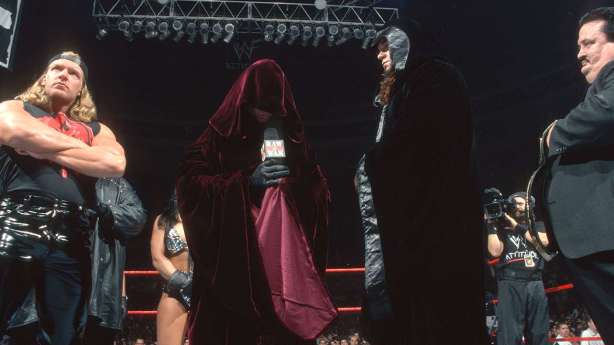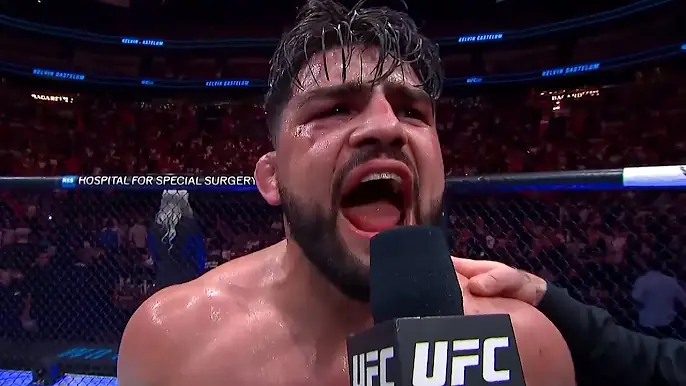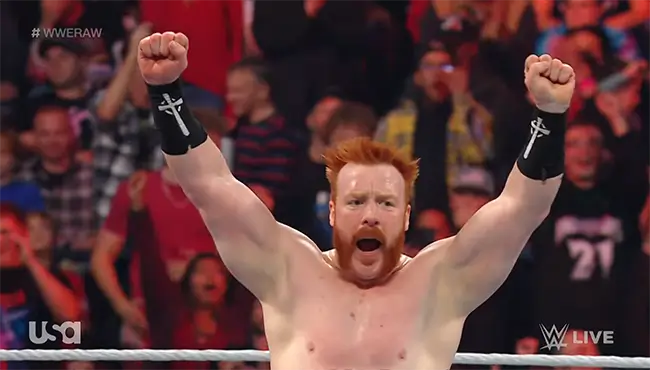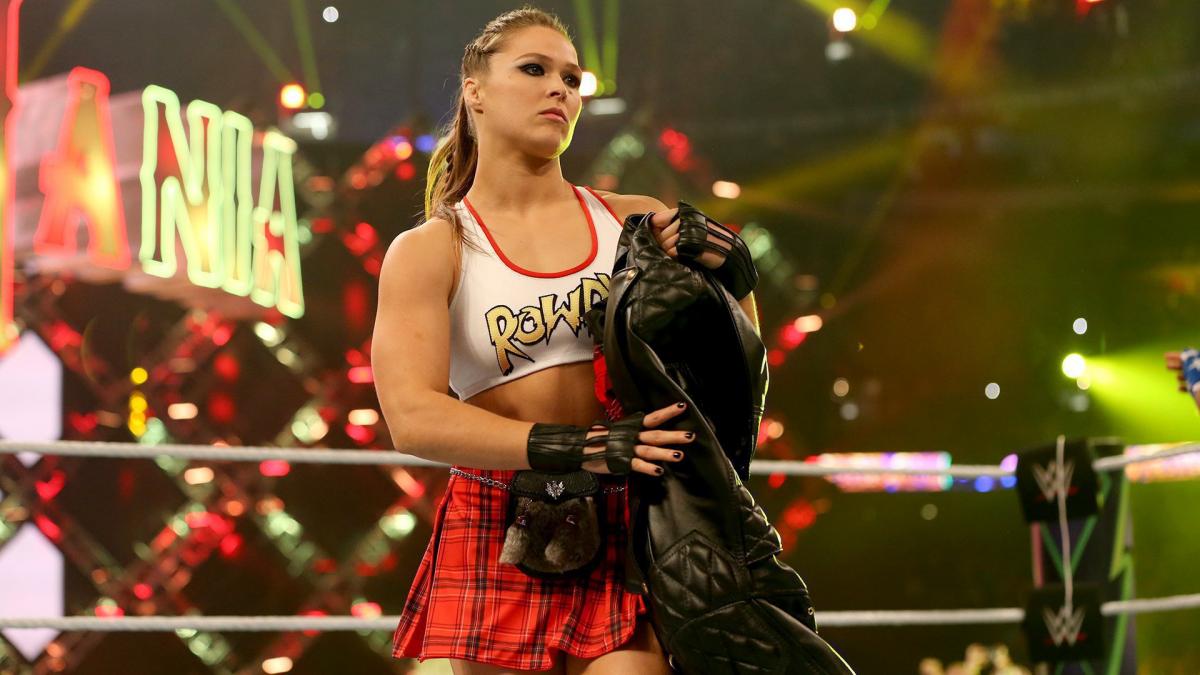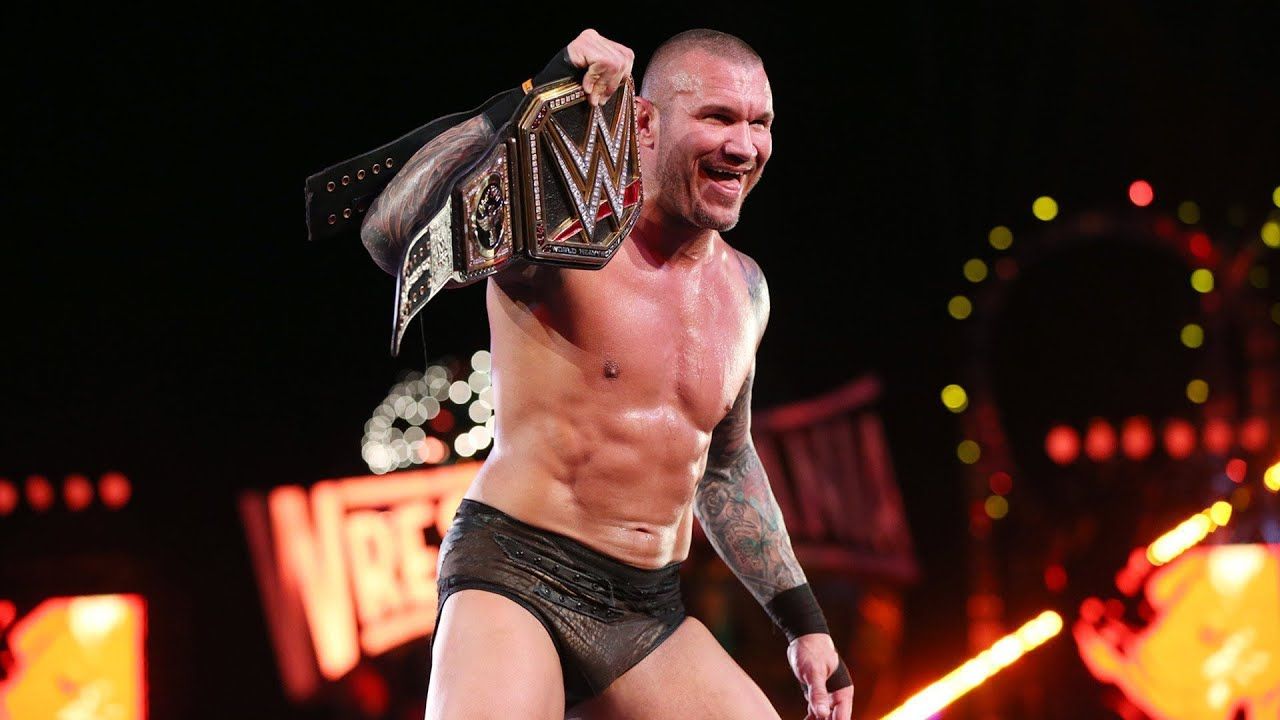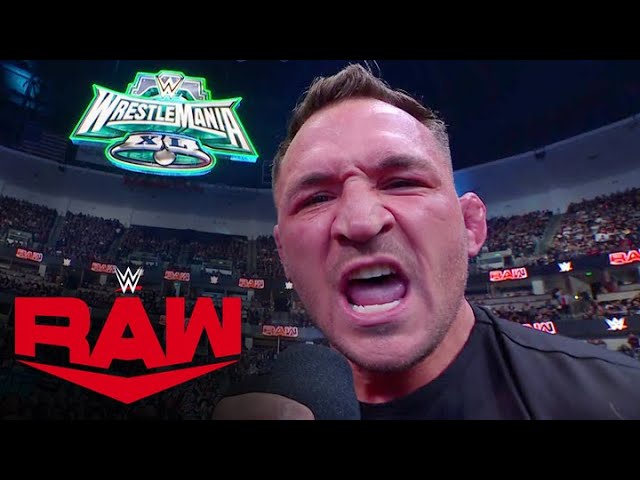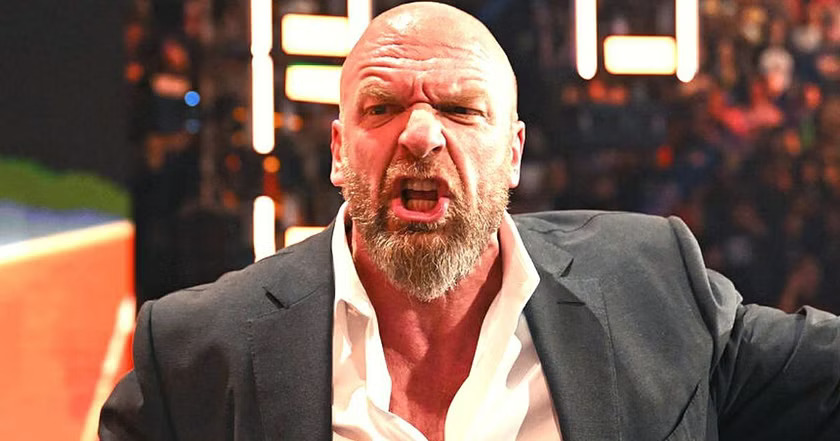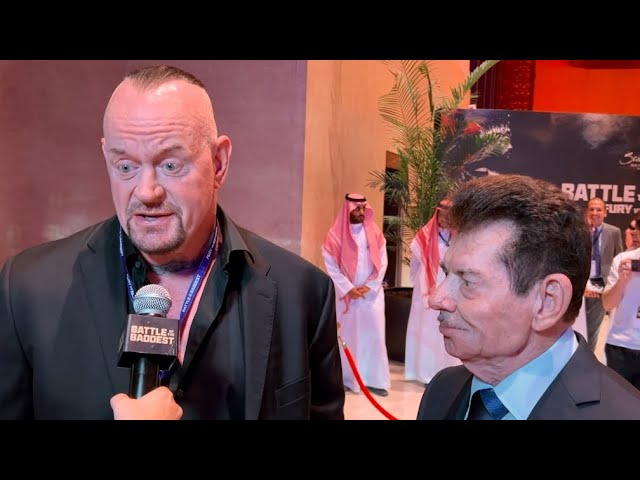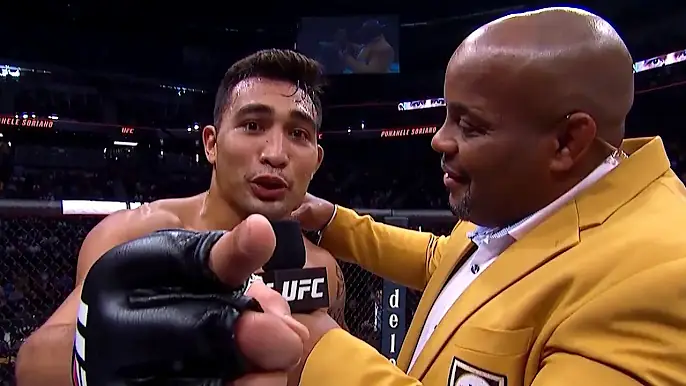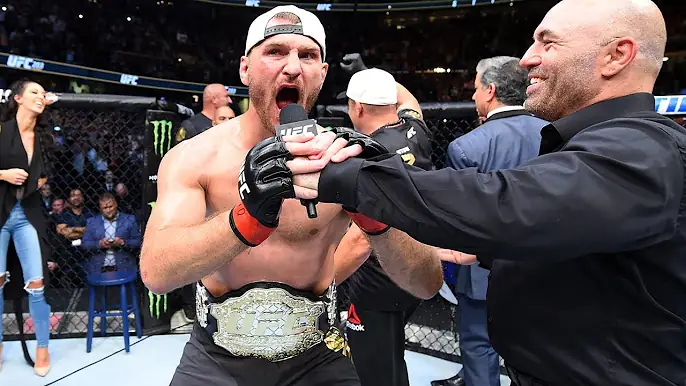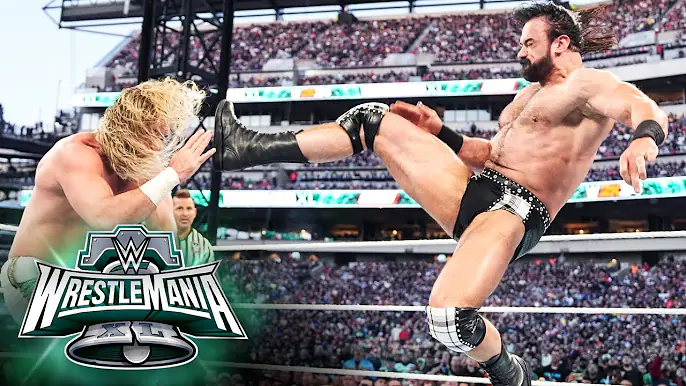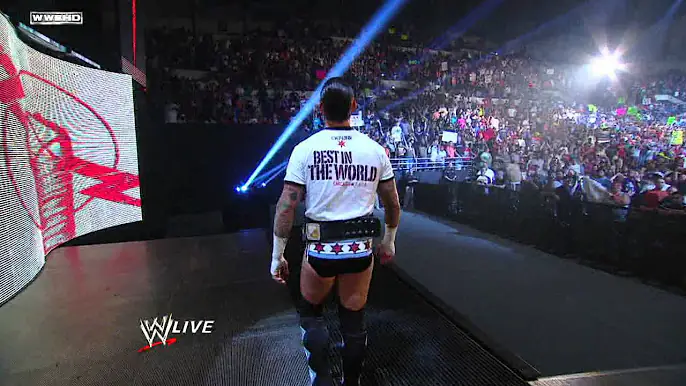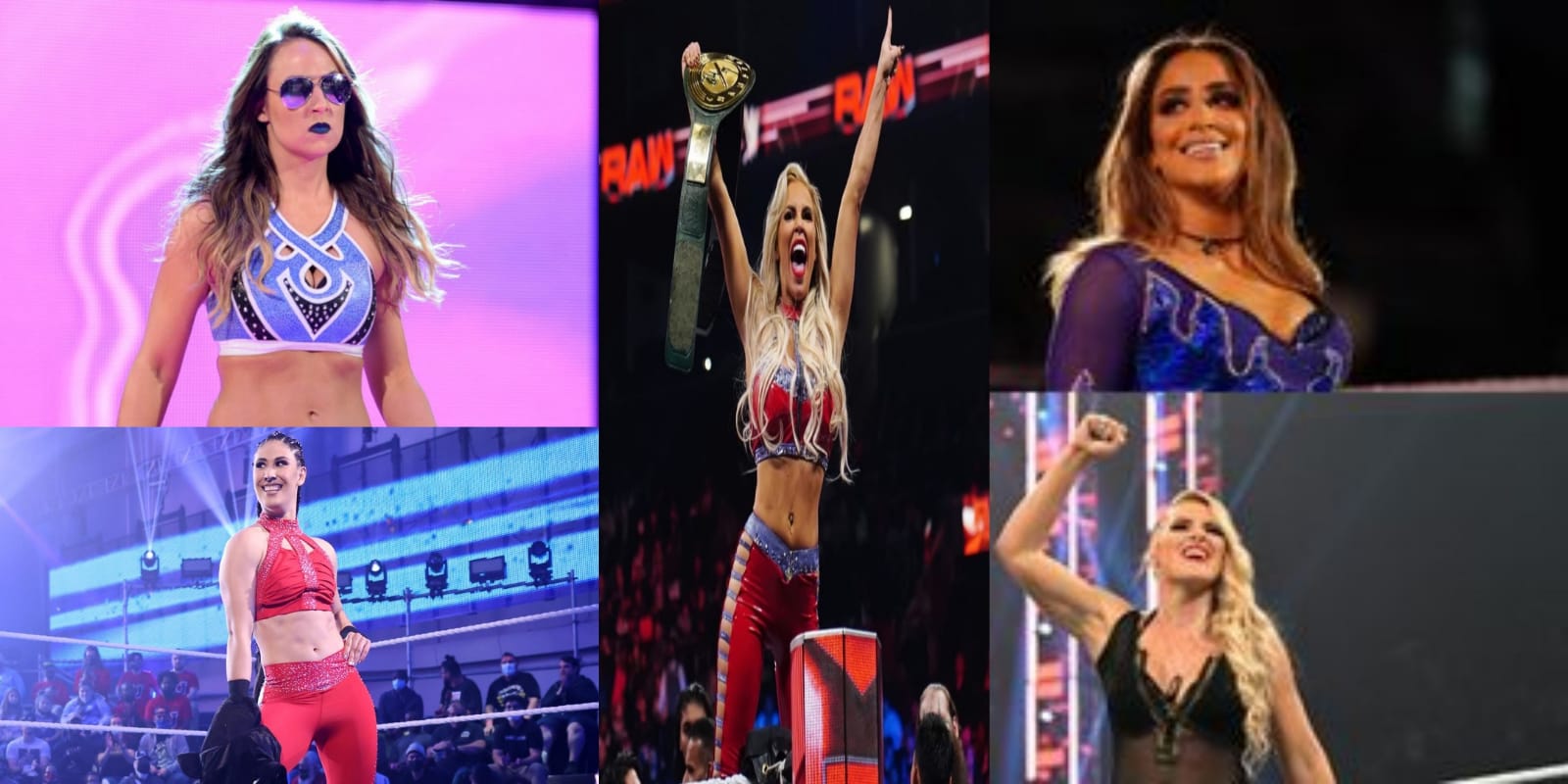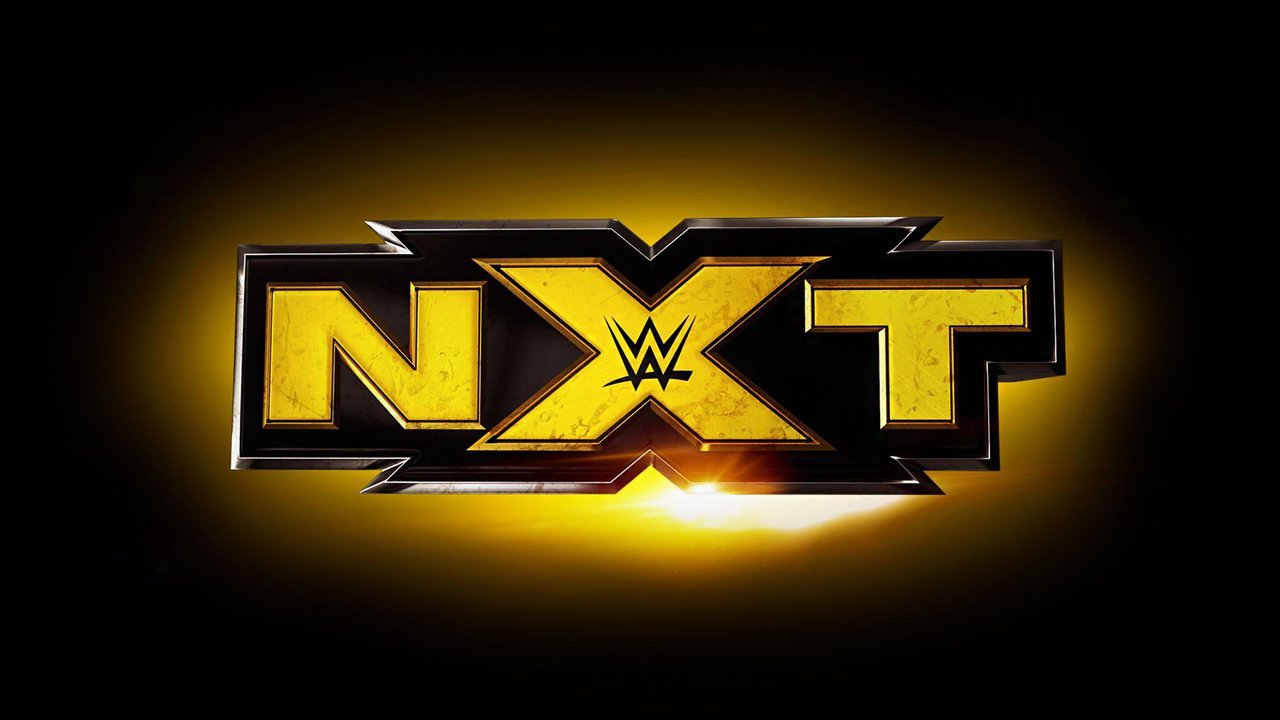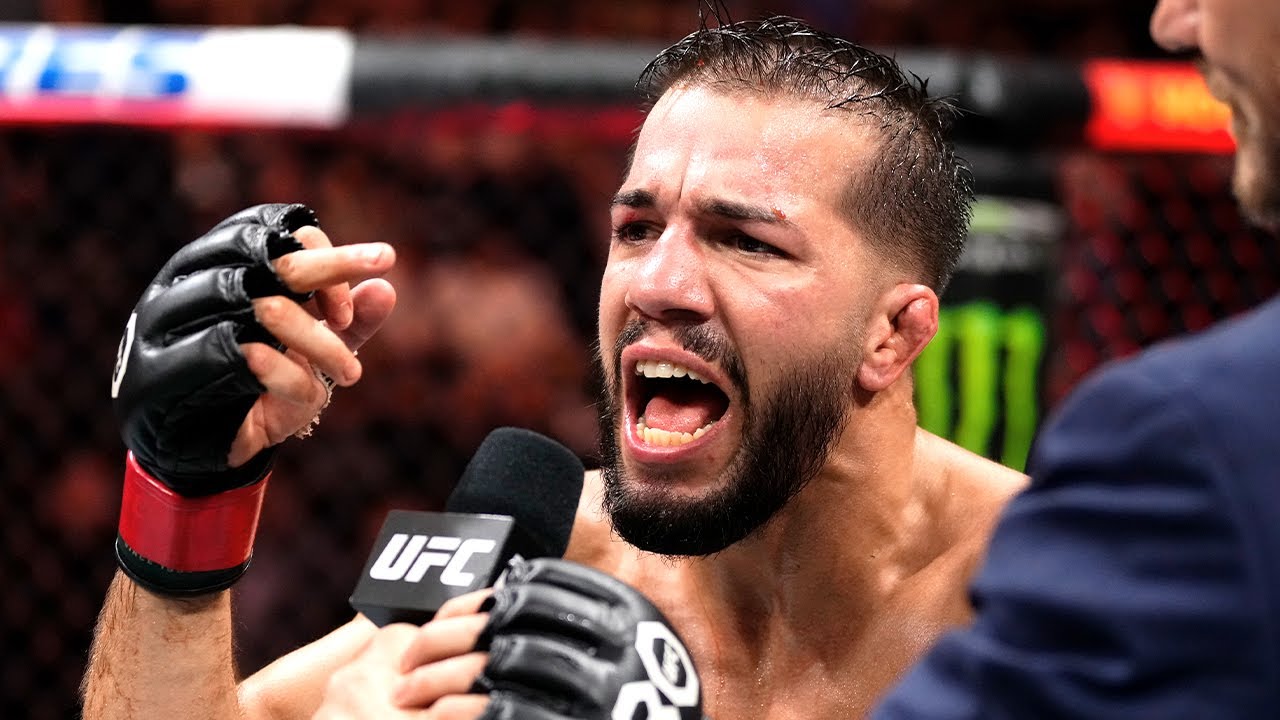The Global Reach of UFC: How It Became an International Phenomenon
Over the years, Ultimate Fighting Championship (UFC) has transformed from a niche sport into one of the most watched spectacles worldwide, watched by an estimated 450 million people. The facelift of the old sport reflects a textbook case on how cruise industry marketing can be both opportunistic and strategic while adapting to changing times or cultural mores. In this article, I delve into how the UFC went global to conquer sports on a grand scale.
However, I’d also like to go back and look at when it all first started, a time that was quite controversial, into the years of how things then began to be regulated.
The Beginnings
It was started by Art Davie, Rorion Gracie, and Robert Meyrowitz to create a Vale Tudo tournament to see which style of martial arts was the best one. The inaugural event, held in Denver, Colorado, was a cinematic showcase of unrefined and unsanctioned brawling between athletes from various disciplines.
Initial Controversy
Brutality and very few rules: early UFC events were surrounded by controversy. Some nicknamed it “human cockfighting,” a characterization that stuck as state after state banned the events and prominent politicians such as Senator John McCain denounced them. That storm all but killed the UFC, and it was almost better for the tournament that they came around as they ignited necessary changes.
Evolution of Rules and Regulations
With that, the UFC needed to adapt or die. In 2001, the struggling promotion was purchased by Zuffa LLC, headed up by Dana White and the Fertitta brothers. They adjusted the rules to be more stringent, which included different weight groups and all-in-one regulations that would appeal to a wider audience. These changes were necessary for the sport to be accepted and viewed by athletic commissions as well as mainstream audiences.
Strategic Marketing and Branding
The Ultimate Fighter
The unfolding of the UFC had a colossal personality; its landmark event came in 2005 when the reality TV show “The Ultimate Fighter” premiered. The show put MMA in the living rooms of America and showed an inside view of fighters’ lives as well as how everything worked within the sport. The grand finale, Forrest Griffin versus Stephan Bonnar, is largely credited with turning the tide for the UFC.
Pay-Per-View and Media Deals
The UFC thrived in a pay-per-view (PPV) system, with their high-stakes, big-money fights consistently drawing huge viewers. Successful media deals with networks such as Fox and ESPN then cemented the UFC’s position in popular culture over time. These partnerships gave the UFC a higher profile and made it more acceptable to mainstream sports fans.
Social media and digital platforms
The largest and most efficient organization to do so was the UFC. The campaign comes alive through interaction on four platforms: Twitter, Facebook, and Instagram, for the busy sports fan with two or three minutes to engage. And YouTube, where its commitment is deeply tested by consuming in excess of ten minutes. Global engagement was also boosted by the launch of UFC Fight Pass, a digital subscription service providing fans with access to live events and hundreds of additional hours of archival content virtually anywhere around the world.
Global Expansion
Europe and the UK
UFC: The UFC ventured outside North America for the first time in 2002 with a show in Brazil before making its maiden major international expansion into the United Kingdom. London, Manchester, and Birmingham events drew capacity crowds in 2015, crowning increasingly popular local talent. The UK success allowed it to be expanded into continental Europe, with races in German.
Brazil: A Hotbed of Talent
Brazil is a historically important nation in MMA due to its deep connection with Brazilian Jiu-Jitsu and Vale Tudo. To further capitalize on this, the UFC has held many events in Brazil and signed several top Brazilian fighters like Anderson Silva, José Aldo, and Amanda Nunes. The UFC also likely realized the importance of maintaining a passionate Brazilian fan base that had helped facilitate the promotion’s worldwide expansion.
Asia: Entrance to a Fresh Market
Asia, especially Japan, has a deep martial arts and combat sports history. The UFC has been attempting to capitalize on this market by hosting events in Japan, China, and Southeast Asia. The purchase of PRIDE FC, a major Japanese MMA organization, helped the UFC begin to build its presence in Japan. Plus, they launched a partnership with local promotions while opening the UFC Performance Institute in Shanghai to promote domestic talent and the popularity of the sport as well.
Australia and New Zealand
But Australia and New Zealand have since become key territories for the UFC, including homegrown stars such as Robert Whittaker and Israel Adesanya. The UFC has staged many successful events in Sydney, Melbourne, and Auckland, which have all drawn great crowds to boost the sport’s profile down under.
The Middle East and Africa
Initial expansion efforts to the Middle East, with events in Abu Dhabi allowed by substantial funding from an eager region looking for heavy involvement in sports and entertainment, provided high-dollar pay-out support. The UFC Fight Island was created due to the partnership between the UCF and the Abu Dhabi Sports Council, which has also slowly created new developments within the ongoing COVID-19 pandemic era. Africans have now followed an equivalent path to the UFC, with champions like Kamaru Usman and Francis Ngannou inspiring fighters from a new continent interested in MMA.
Cultivating a Culture of Diversity and Inclusion
Female Fighters
The use of female fighters has been one of the biggest tools in diversifying the contemporary UFC. Dana White was against the idea at first, but like her or hate her, Ronda turned things around in a big way. The success and marketability of Rousey showed that women could be big stars in the sport, with multiple divisions eventually being added due to her impact on combat sports. This led to the rise of other female UFC stars like Amanda Nunes, Valentina Shevchenko, and Rose Namajunas.
International Fighters
The UFC’s efforts to field and market fighters from around the world have been key to its internationalization. The UFC boasts world-wide talent to match its global fanbase. Title holders from different countries and cultures (Ireland, Russia, and China) like Conor McGregor, Khabib Nurmagomedov, or Zhang Weili have certainly spread the appeal of this sport internationally by captivating millions across all kinds of cultural backgrounds.
Worldwide Sensation and Cultural Influence
Pop culture and mainstream media
The marriage of media and pop culture has very bravely sunk into the public consciousness through the entirety of UFC Viva Las Vegas. Fighters appeared in movies, TV shows, and commercials, becoming well known to the general public. The coverage of the sport increased in major publications and crossover events, such as Conor McGregor’s boxing match against Floyd Mayweather Jr.
Merchandise and branding
For the UFC, branding doesn’t stop inside the Octagon. Having official merchandise such as apparel, accessories, and video games surely does strengthen a team’s brand identity among fans. The UFC has gone on to land major brand collaborations with the likes of Reebok and, more recently, Venum, in a move that only reinforces their foothold in the world market.
Community Engagement and Development
The UFC has invested in global community engagement and development programs. Projects such as the UFC Gym (where sports fitness and training are combined) have made the sport more accessible. Besides, the charity work that UFC does and how they offer support for the local communities have also played a major role in boosting its image globally.
Future challenges and possibilities
Regulatory and legal issues
Although it is not without its regulatory and legal challenges, the UFC has proven to be successful beyond anyone’s wildest expectations in regards to fighter pay and health and safety regulations. Solving these problems is necessary to preserve the world reputation of the UFC.
Competent and midway demands
Competition from other promotions like Bellator, ONE Championship, and PFL (Professional Fighters League) is growing every day as mixed martial arts become more mainstream. In a saturated market, the UFC needs to keep innovating and providing good content if it hopes to stay ahead of competitors on streaming services and platforms.
Evolving fan preferences
It means the UFC has to change as well, right along with what fans seem most interested in watching. The proliferation of digital streaming services, social media platforms, and other new forms of entertainment has created an environment where the UFC must be nimble to stay relevant on a global scale.
Talent development and retention
Keeping up with growth also means keeping and growing talent. The UFC needs to invest in promoting fighters from all over the world, securing its place as a defendant in their talent.
The story of how the UFC went from a polarizing spectacle to an empire is one of the best business stories you’ll ever hear. One that involves smoke-filled back rooms, betrayal, and political power plays waged through various forms of media. With forward-thinking marketing, taking in worldwide talent, and expanding into new territories, the UFC has reached global heights as one of today’s premier sports organizations.
The UFC is a much bigger promotion now, but new challenges await and some old opportunities will present themselves. Sticking to its guns on regulation, accommodating changing fan demands, and growing the international market would keep the UFC in a position as the gold standard for MMA. The tale of the UFC’s rise from its humble beginnings to a global powerhouse depicts both how MMA transcends cultural borders and just how strong the promotion is at reaching an audience worldwide.

